
Candida Martinelli's Italophile Site

Main
Page This family-friendly site celebrates Italian culture for the enjoyment of children and
adults. Site-Overview
The family's history parallels
Italy's history. I've divided it into sections listed in the left
column.
The angel on the left is one of the earliest known works by Leonardo Da
Vinci, painted on a work by his teacher, who then said he had nothing to
teach the boy, but only to learn from him
Portrait of Cecilia by Leonardo Da Vinci, she's holding a pet ermine
Portrait of Ginevra Benci by Leonardo Da Vinci, lacking La Gioconda's
smile, so she didn't become as famous
Botticelli's Primavera was painted to decorate a de' Medici palace, it
was done before Botticelli became more religious in later life and
dedicated himself to more devout works
Donatello's David was the famous David that all the artists studied in
the de' Medici collection, Michelangelo spent hours drawing it and
studying it, and only his David would become more famous
Florence's cathedral with Brunelleschi's famous dome, a view from above
Florence's cathedral with Brunelleschi's famous dome, a view from the
side Three images of Via Larga
and the de' Medici palace
Botticelli's Annunciation
Botticelli's Virgin and child with angels
Botticelli's Virgin and child with Eight Angels
Detail of a painting by Botticelli that includes the de' Medici children
meeting the Magi on their way to bring gifts to the Christ-child, family
public relations and self-aggrandizement at it's best
Some whispery Botticelli angels
Two of Giovanni di Bicci de' Medici's four sons
died before he did. But the remaining two sons, Cosimo and
Lorenzo, would father what are called the senior and junior branches of
the de' Medici dynasty. Cosimo (1389-1464), the elder brother, became head of the
family business at the age of 48. Even before then, Cosimo had assisted
his father in acquiring most of the 39 other banks in Florence at that
time. The principle remaining rival banks were run by the
Florentine families:
Lorenzo (1395-1440) worked for the firm, and like his
brother, was patron to many now-famous Renaissance artists who were just
starting out on their artistic careers, including:
Lorenzo de' Medici, father of the junior branch of
the family
The de'
Medici commissions, along with those of the other wealthy families,
fueled the early Renaissance of art, architecture and learning in
Florence, making it the wonder of the known world. Cosimo proved that he had inherited his father's business ability, but also
had cunning political skills.
Those skills showed themselves in
1430, when the factional Florentine government arrested Cosimo and
evicted his
family from Florence out of fear of their growing power and political
involvement, a fear fueled by a rival business family, the Albizzi.
Cosimo bribed his way out of jail, escaped Florence with his family, and
remained in exile for a year. Within a year, Cosimo secured the backing of the Pope,
and threatened to remove his family and business from Florence for
Venice. The Signoria, the town council,
relented and let the de' Medici return. The political instability,
always bad for business, convinced Cosimo to use his political skills to
further his power to stabilize the Florentine political scene.
He pushed through legislation via representatives he controlled in the Signoria, that
concentrated power more and more in his hands.
He also saw to it that many
of the de' Medici rivals in politics and business were either banished
and their property confiscated, or
the family was deprived of political power.
Besides using his power to
create stability in Florence, Cosimo used it to bring a
truce between Milan and Venice and to keep out foreign powers who were
tempted to take over the rich Italian city-states.
Cosimo earned for himself the
position of Gran Maestro of Florence, which was a title given to the
unofficial head of the city-state.
Cosimo became a relatively benevolent dictator
for the next 60 years or so, ruling from behind the official
representative. His descendents would find it very
difficult to repeat this success.
During his long rule over Florence, Cosimo dedicated
much time to embellishing his city-state. He was convinced that
Florentine politics was too volatile for his family to remain in power
for very long, and wished to leave the family's mark on the city while
he could with buildings and art, always decorated with the family crest,
and if possible with images of family members.
Cosimo especially supported the artists:
One of his most famous and visible commissions was
to Brunelleschi for the Dome atop the Cathedral of Florence,
Santa Maria dei Fiori, finished in 1436.
Cosimo also had work continue on the
decoration of the Basilica of San Lorenzo, and had works done on the
Church of San Marco, and the facade of Santa Maria Novella.
Cosimo commissioned a palace, designed and built by the
architect Michelozzo, for the family on Via Cavour, then Via Larga.
He rejected a larger and fancier design saying it would only provoke
envy.
The design he had built included open porticos and benches on
the street sides for the public to enjoy. His public relations
skills were smoother than his ostentatious descendents.
Medici palace after the portico was closed in for
protection from mobs
When the Palace was completed, Cosimo's immediate family moved in and
he gave the medieval houses on that same street to the children of his brother Lorenzo
who died in 1440 at the age of 45.
Via Larga, now further developed and embellished by the de' Medici,
and lived in by many of their important employees, played host to many
processions over the years.
Via Larga means the wide street, and
it was wider than the medieval streets that still dominated in Florence,
so important processions were possible there.
Over the years, the
squares would open up to become piazzas, and some streets would widen to
to become prestigious avenues. The de' Medici always had a hand in
these changes, and always sponsored public events and processions for
the entertainment of the people of Florence.
In the 1450s, Cosimo had Michelozzi re-build
the medieval Castello del Trebbio into Villa Del Trebbio. Today it is
privately owned, and the estate produces grapes and olives.
Vacation properties are situated in villas nearby with views on the
castle. Tours are by appointment only.
Cosimo died in 1464 at
the age of 75 at Villa Careggi. His political skills, artistic patronage, and
financial prowess earned him the posthumous title of Pater Patriae,
meaning 'father of the country', from
the Florentine city-state.
Medallions were made with the image of Cosimo and his title. This
is a custom that continued with his later relations. The family
seemed to like having not only their portraits painted but portraits of
people wearing their medallions. Self promotion goes along with
power.
This is supposedly Botticelli's brother, the designer of
the medallion, and the medallion itself is not painted on but an
actually medallion pressed into the gesso base while it was still wet.
Here's a link to a biography of Cosimo de' Medici, if you want to read
more.
To the next section:
The High Renaissance, Piero and his son, Lorenzo the Magnificent
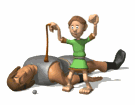
The
de' Medici Dynasty
![]()
This concise history is a helpful guide to read before
traveling to Florence and the Vatican.
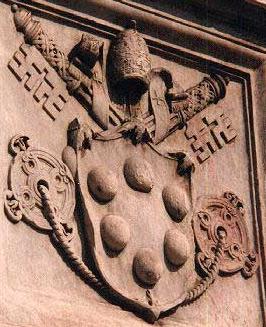
The de' Medici Dynasty and Italian History
The Late-Middle-Ages, Early Renaissance, Giovanni: The Founder
The Early Renaissance, Cosimo and Lorenzo: The Elders
The High Renaissance, Piero and his son, Lorenzo the Magnificent
Florentine Independence and the End of the
Florentine Renaissance, Piero II and Lorenzo II in Exile
The Roman Renaissance, Cardinal Giulio de' Medici and Pope Leo X
(Giovanni de' Medici)
The End of Florentine Independence, Pope Clement VII (Giulio de' Medici), Alessandro, and
Caterina de' Medici
The Late Renaissance, The Grand Duke and Duchess of Tuscany: Cosimo de' Medici
and Eleonora di Toledo
The Age of Discovery, Francesco and Ferdinando: Two Very Different Brothers
The Age of Reason and The Enlightenment, The Decline of de' Medici Reason and Enlightened
Governance
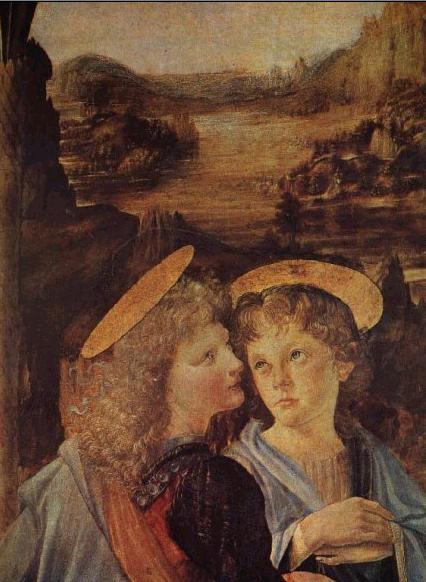
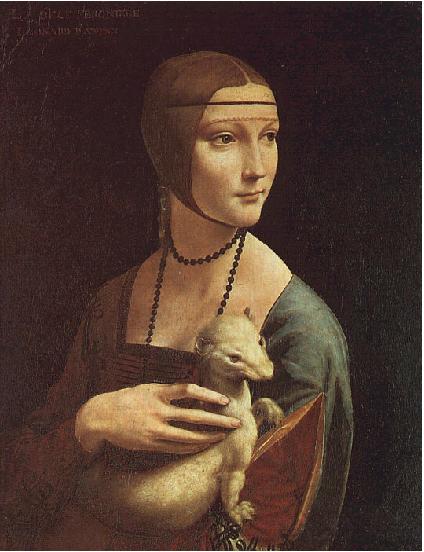
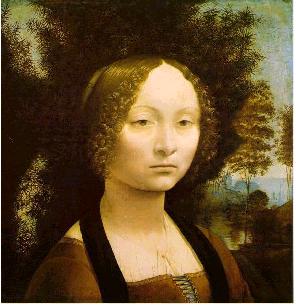
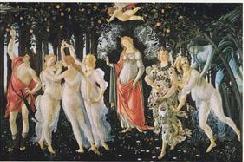
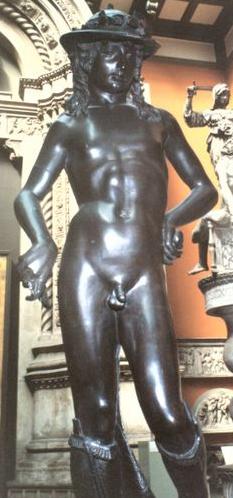
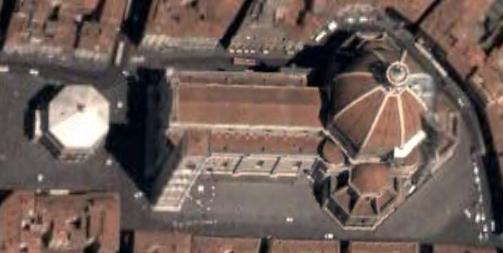
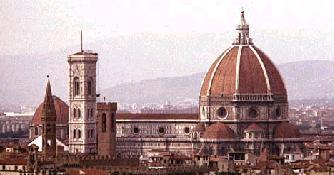
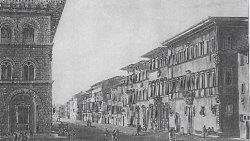
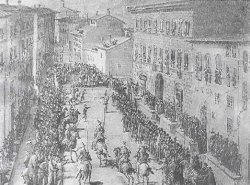
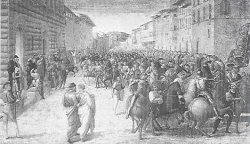

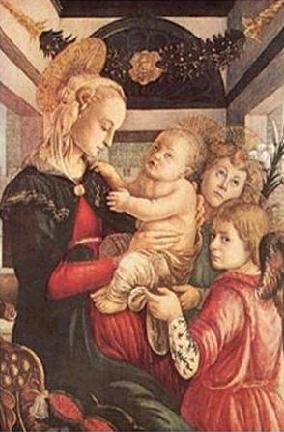

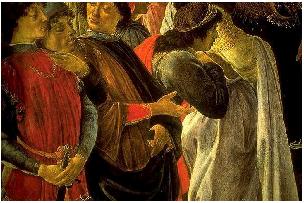
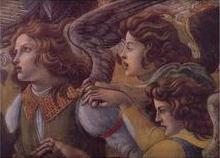
The Early Renaissance
Cosimo and Lorenzo: The Elders
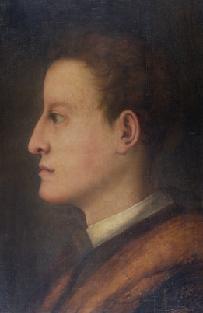
![]()
Cosimo De' Medici I : As a Young Man


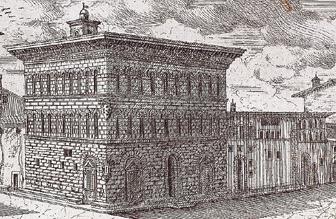
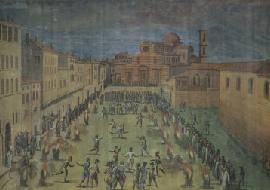
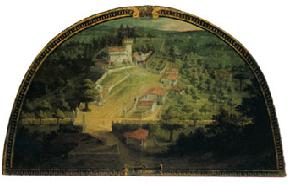
![]()
Villa Del Trebbio
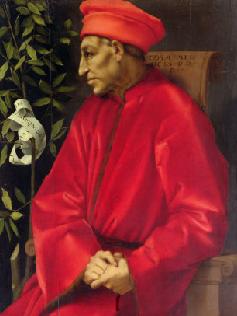
![]()
Cosimo De' Medici 1518
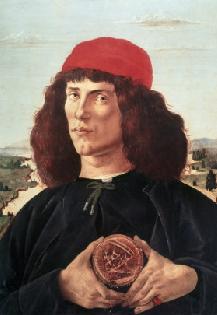
![]()
Portrait of a Man Holding a Medallion of Cosimo